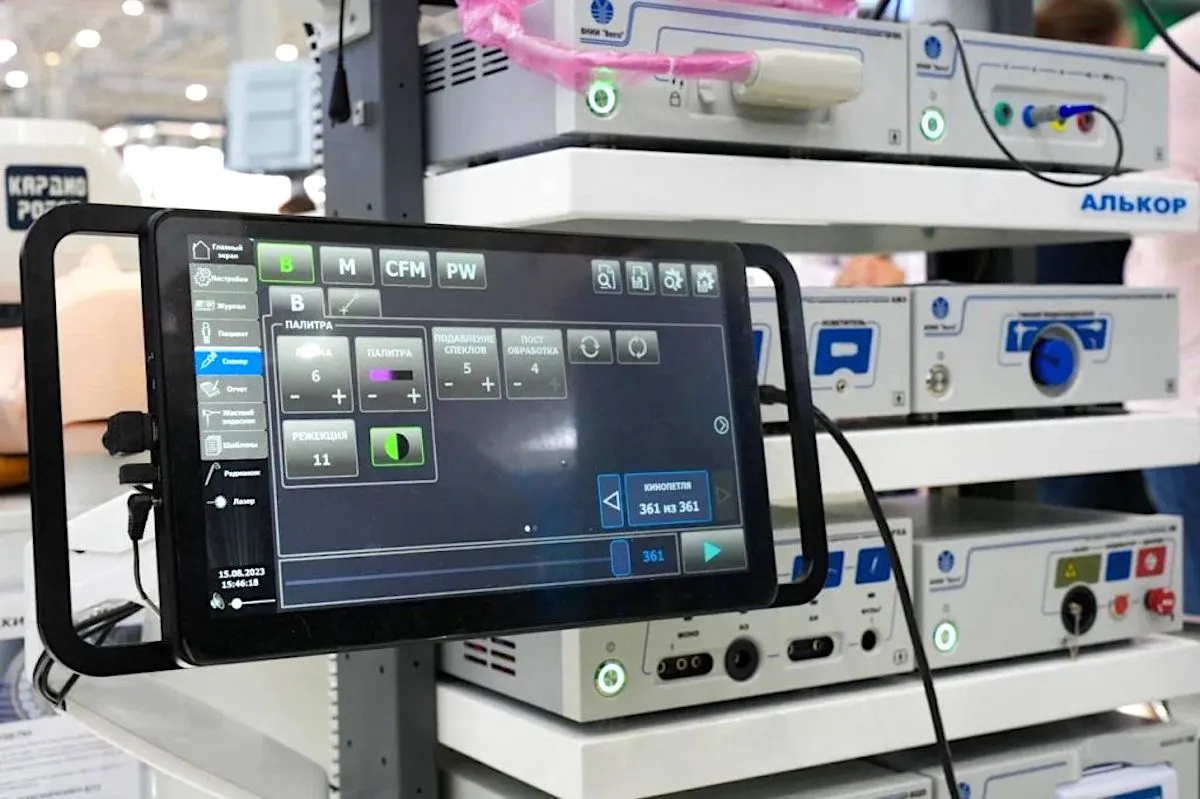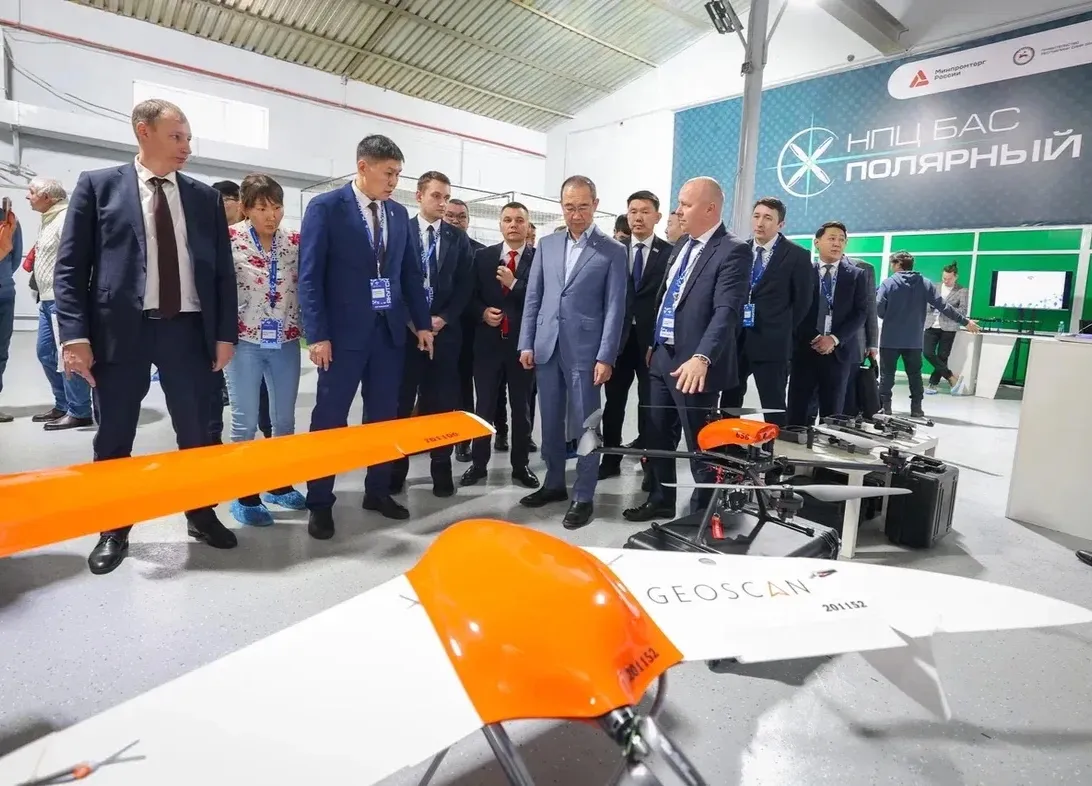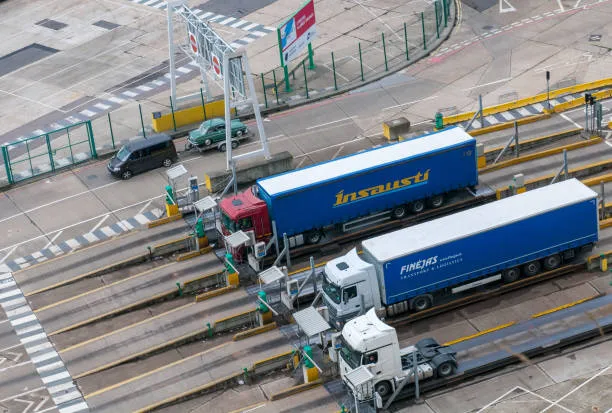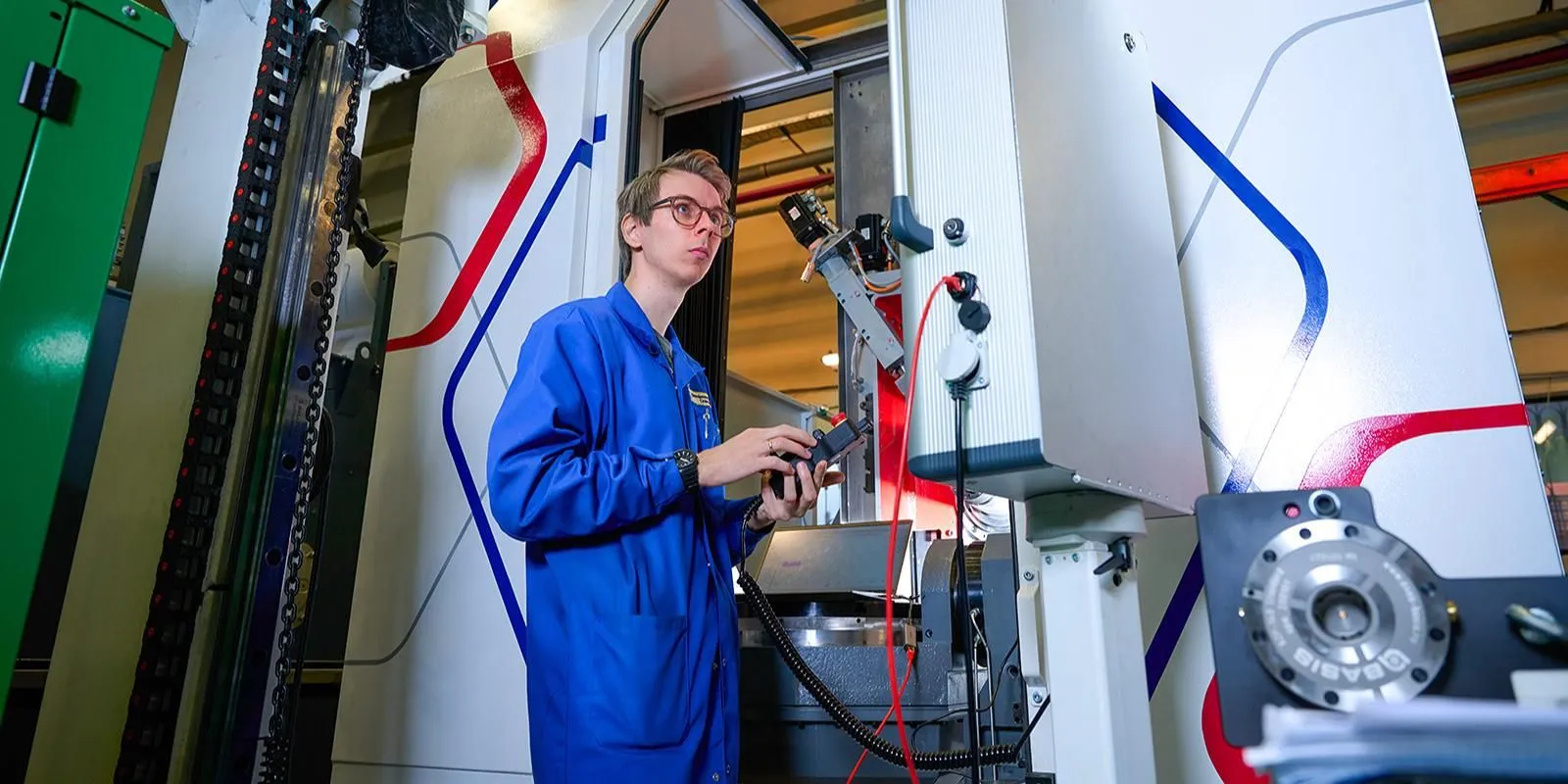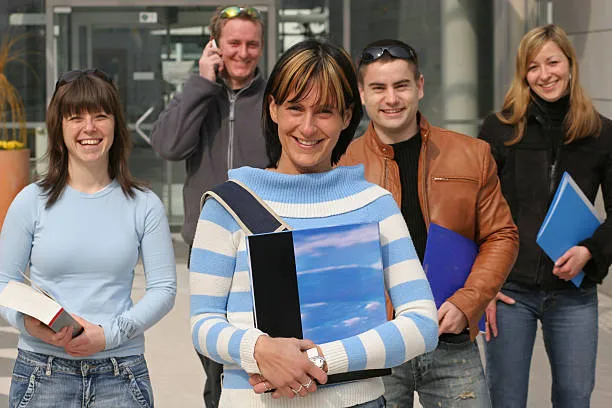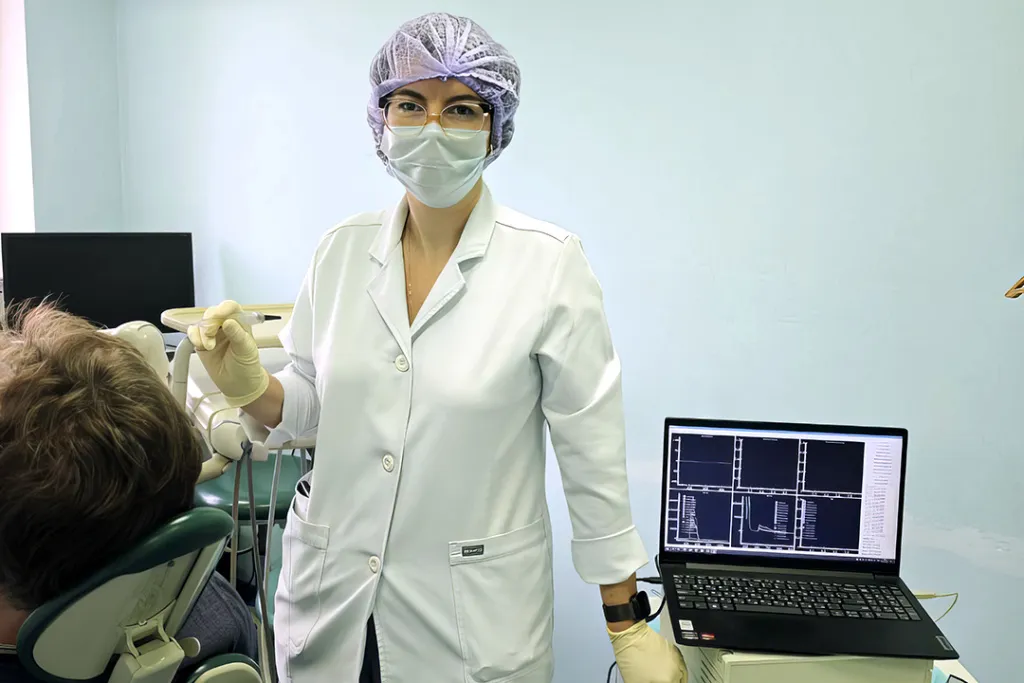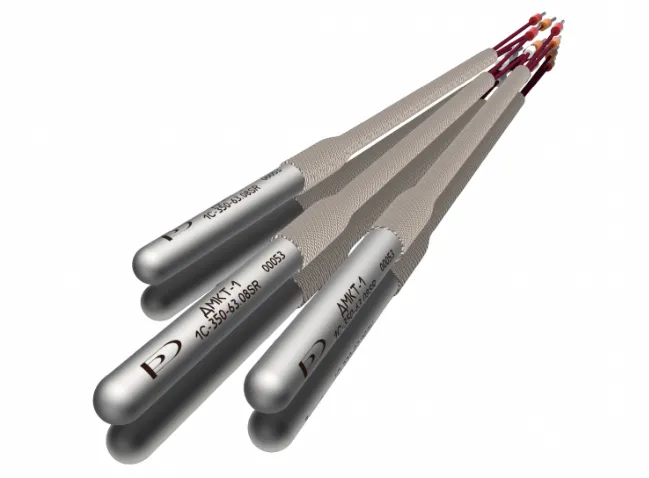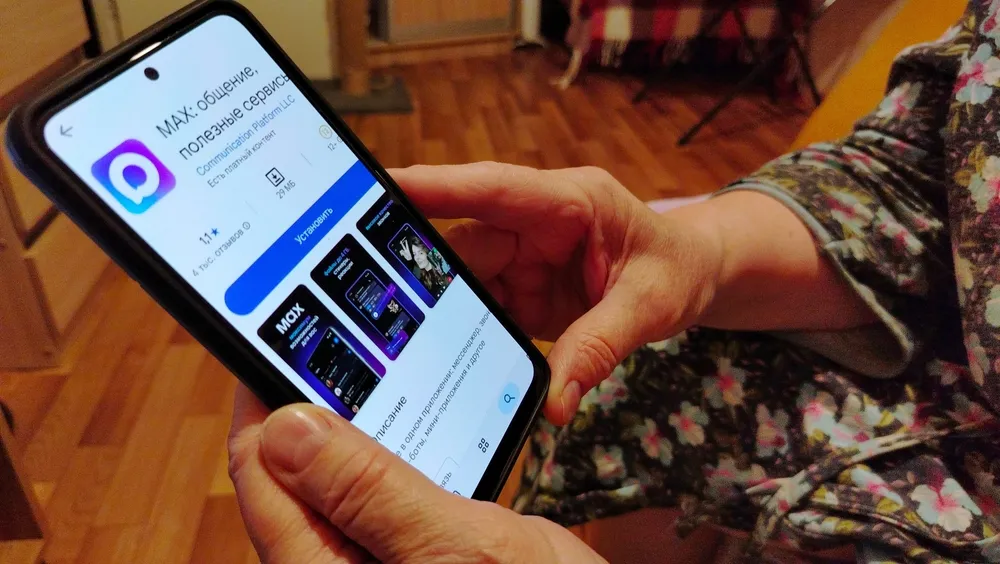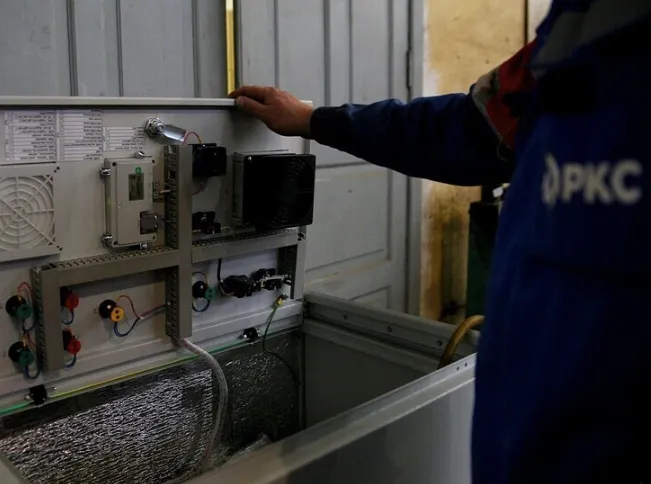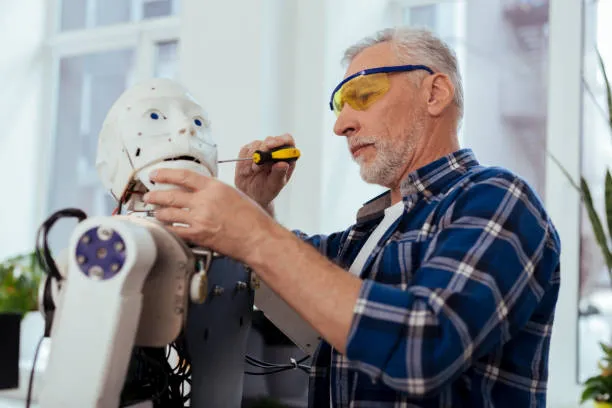Russians Will Pay for Public Transit with Their Faces by 2026
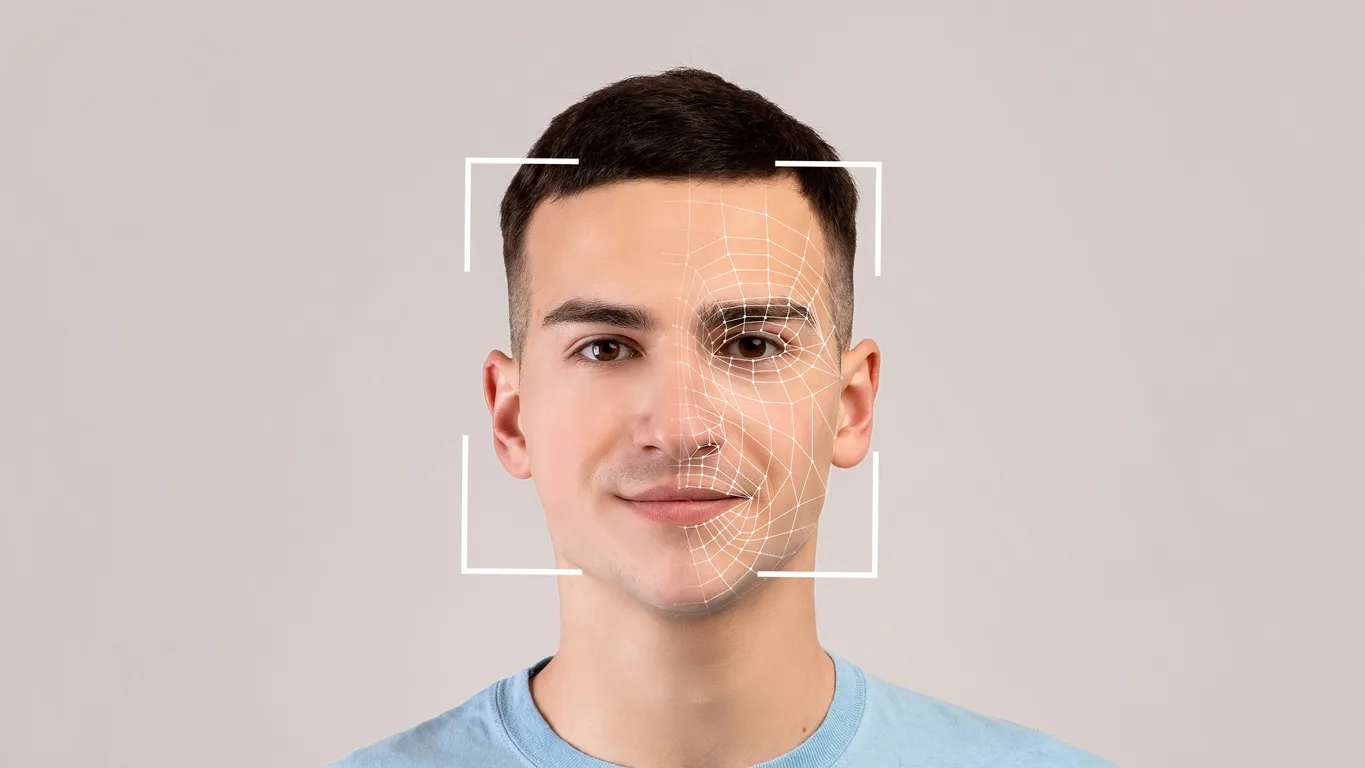
Biometric fare payments are becoming the new normal in Russian cities, paving the way for a contactless, cardless public transport experience.
Russia is rapidly rolling out biometric fare payment systems across its public transportation network. By 2026, most major cities will adopt facial recognition technologies that allow passengers to pay for rides without cards, tickets, or mobile apps.
The technology behind this initiative is relatively straightforward. A facial scanner captures an image, converts it into a vector, and uses it to identify the individual — even if they're wearing a medical mask. Advanced systems can also detect gender, approximate age, facial hair, and expressions, enhancing accuracy.
The system will be deployed in cities like Novosibirsk starting next year, with priority given to passengers who qualify for government-subsidized fares. The announcement came from SberTroika, a transit operator behind the rollout.
Meanwhile, Moscow already uses the system. Riders approach a turnstile, stand on a designated marker, and the gate opens automatically — no tapping or scanning needed. Officials see biometric payments eventually replacing bank cards and QR codes altogether.
This is part of a larger shift in Russia’s transportation sector toward intelligent systems. On toll roads, AI-powered software dubbed 'Free Flow' identifies traffic violators by recognizing license plates and spotting attempts to dodge payments. The neural network is reportedly precise enough to detect even obscured or tampered tags.
Beyond transit, biometric payment is entering other industries. Several Russian hotels already allow guests to check in and pay via facial scans. In the near future, travelers might book a room and receive a key — all without ever showing a passport.




